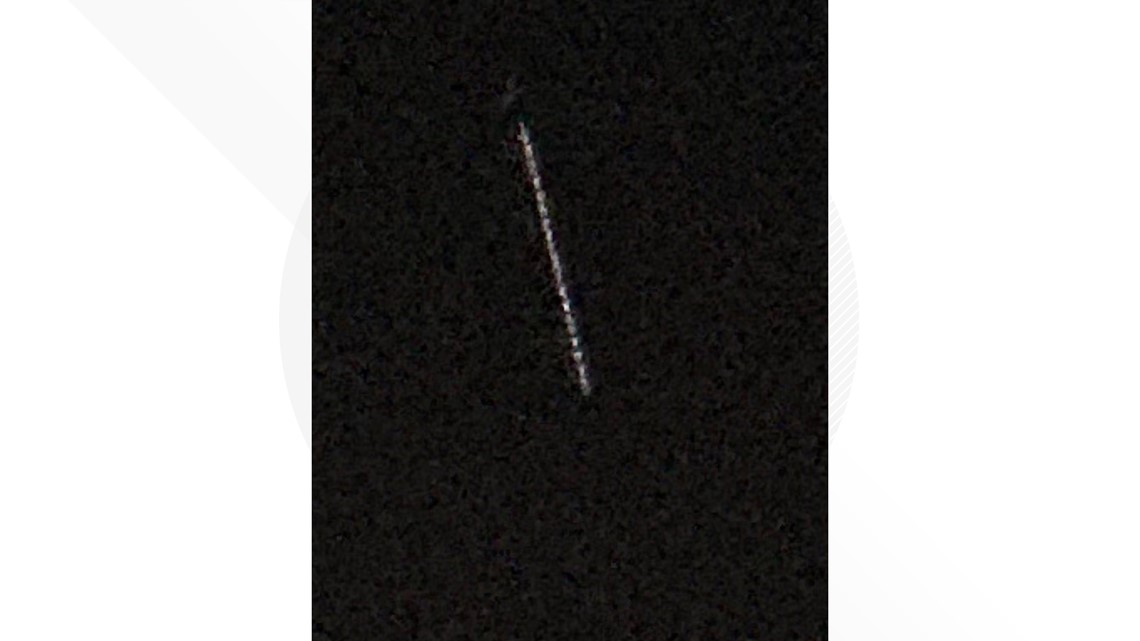TOLEDO, Ohio — You may have noticed a string of odd lights at night recently. In the last few months WTOL 11 viewers have reported seeing the lights, which appear as dots in a straight or sometimes curved line, are SpaceX Starlink satellites.
More than 4,000 of these man-made objects orbit Earth, providing satellite internet access to 54 countries. While not all 4,000 are visible at the same time, sometimes a section of them can be seen at night around the globe, prompting awe and sometimes confusions by anyone looking up.
If you've missed the so-called satellite chain or you'd like to see it again, Friday night could be your next chance.
SpaceX has announced it plans to launch another set of 22 satellites into low-earth orbit shortly before 8 p.m..
SpaceX frequently launches new satellites into space to join its growing network. On a clear night and with minimal light pollution, you may be able to catch a glimpse of the satellites in orbit.
For information about when and where to look for Starlink satellites, check out the Starlink tracker.
The satellites are easiest to spot within days of their launch. Once the Starlink satellites reach an operating altitude of about 340 miles, they disperse and can look like stars in the night sky. Eventually, shields are deployed making them virtually impossible to see with the naked eye.
The satellites do not have lights of their own. The satellites reflect sunlight, much to the frustration of astrophotographers who photograph stars in the night sky. The large number of satellites being launched by Starlink and other companies, including Amazon, have been a source of frustration for some, though. The "satellite pollution" created by the thousands of orbiting objects makes it difficult for astronomers to observe space.


More on WTOL:



